Allô! 👋
Hello! Welcome to the good food at home newsletter. If you're a new subscriber and would like to read the previous newsletters, you can click here to find the last 12 months’ posts for free. For more newsletter-exclusive recipes + access to the full archive, do consider a paid subscription if you can. If this newsletter has been shared with you and you'd also like to subscribe, feel free to hit the button below!
Winter is ending, but it’s not over yet! Still officially three weeks or so to go, and (as they say) the cooking never ends. By now, however, supplies of cold-stored produce are running low — or, at the very least, beginning to look rather wrinkly and lacklustre. Thank goodness then for pantries and freezers.
As the days continue to get noticeably longer, winter’s end seems a good time to take a peek at the back of the pantry to see what needs using up before the influx of freshly grown foods begins again. Consider it a form of pre-spring cleaning! I can’t tell you how many times I’ve reached my hand all the way to the back of a shelf only to delight in my (re)discovery of something hidden (it’s like finding an unspent bill in your coat pocket at the first chill of autumn; a small thrill that never gets old). Much like childhood recipes remembered unexpectedly and heart-warmingly in adulthood, sometimes all you need is a good reminder to spark renewed interest in something you once cherished — and never meant to forget.
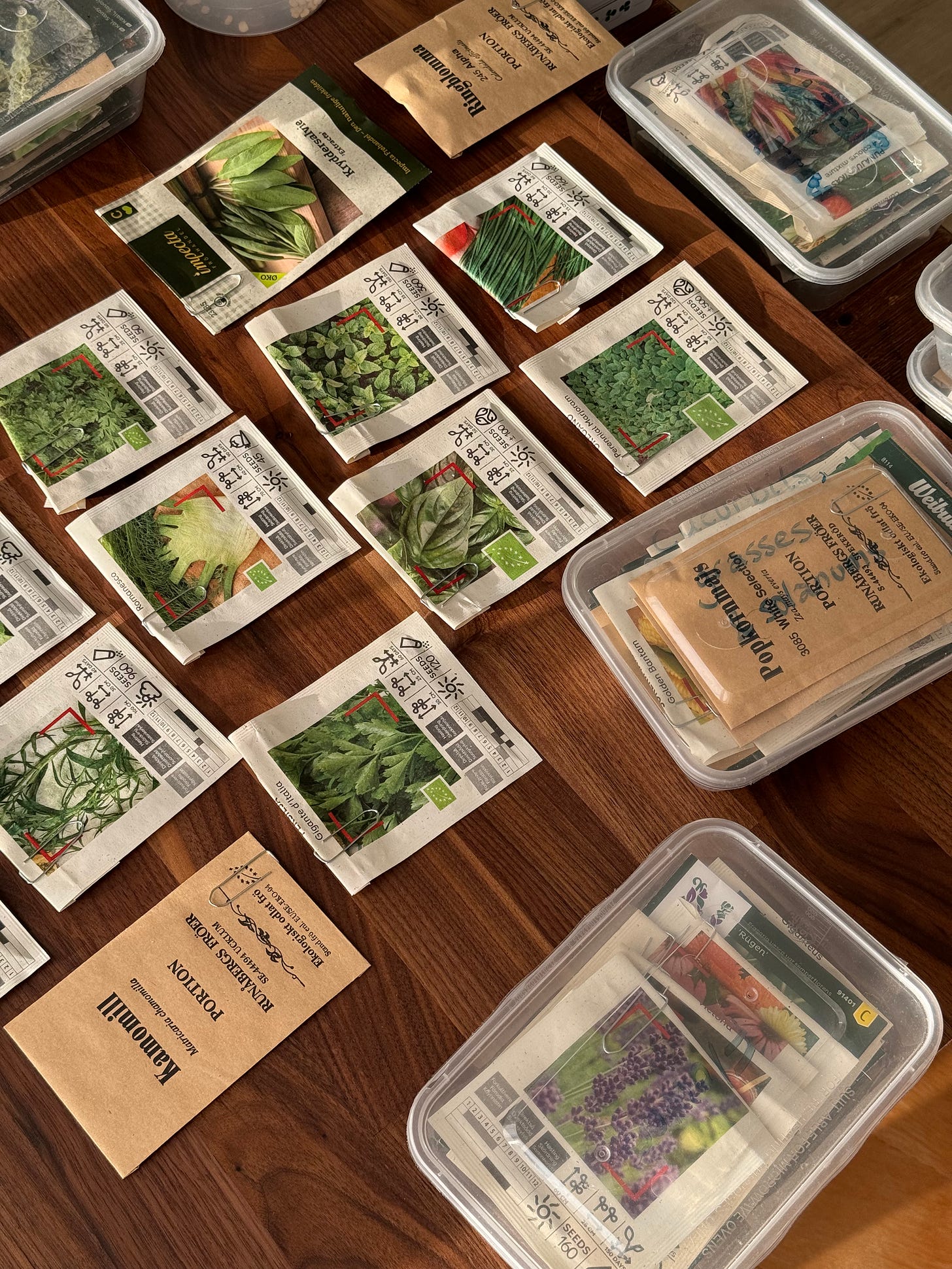
Speaking of winter ending, now’s also the time to sow new seeds (if you haven’t already)! Good advice for gardeners, sure, but I would argue that it applies literally and figuratively in equal measure. Indeed, this particular slice of the season always feels more like the true end of a year than December ever does. Spring brings about renewal, after all! So, if you are fond of New Year’s resolutions, this is indeed a good time to check in and see how you’re coming along with them. And, much as with a garden, it’s always sage to sow only as much as you can handle, and to know when to prune, in timely fashion, if necessary.
In the same vein, now’s a good time to assess whether you’ve had enough rest this season. After all, winter is the period for slowing down and building up energy — once spring and eventually summer roll around, we are almost guaranteed to have less capacity for proper restorative relaxation*. As nature is wont to do, don’t miss your window. Seize the season.

That’s a lot of unsolicited advice for one newsletter, so I do hope you’ll forgive me this one last reminder: don’t forget to check in on any old potatoes or onions you may have lying around your cupboards! If, like me, you use an unheated part of your home to store food during the cold months (this could be a garage, basement, attic, or even a balcony — for me, it’s a sort of dark mudroom where I keep things like alliums, winter squashes, and citrus in veg boxes and wicker baskets — so long as it never drops below freezing and you respect the same basic rules of proper airflow and storage that you would with a root cellar)**, the end of winter is an especially good time to use up anything that might go bad by the time spring’s warmth rolls around.
In this year’s second issue, you'll find some popular late winter recipes from the site as well as a reminder recipe for a very adaptable freezer- and pantry-friendly pasta e ceci. There’s a few nifty links too, so do keep scrolling. I’ve also given you a sneak peek of this weekend’s recipe with the opening picture at the top of the newsletter! If you’d like to access it, feel free to subscribe to seasonal sundays, the brand new weekly-ish paid supplement to this newsletter that features what’s at its peak and ways to cook with it (it costs less than £1/week with an annual subscription, supports the newsletter, and the first 7 days are free! You can also get free access by sharing the newsletter). Especially handy if you’ve got a weekly veg box or farmers’ market available to you, where sometimes even the best local produce can leave us stumped as to how to use it best.
As always, thank you for being here — and happy cooking!
Wishing you a cheerful March, a healthy start to spring, and some wonderful meals ahead,
👋simone
* cold, dark rooms promote longer and better sleep and so too, it seems, do cold, dark seasons
** more tips here, here, here, and here
p.s. questions or comments?
highlights from the site ✨
Sharing pictures of food with me can seem somewhat intimidating, I’m sure, but I promise that most of what I cook for myself ends up looking quite hastily plated (and is rarely well lit). Still, that doesn’t stop many of you from sending me photos of meals you’ve made based on recipes I’ve shared — and I couldn’t be more thrilled!
Sharing truly is caring, and seeing that you care enough to share with me what I first shared with you (what a tongue twister!) makes my heart sing every time. I hope these popular late winter recipes (+ a bonus essay) will be ones that you keep on caring to share (with me, perhaps, but most importantly with those nearest and dearest to you).
beans on toast, two ways
A classic for a reason, beans on toast are a combination that deserve more than the archetypical tomato sauce treatment. Try them with pesto as in the recipe below, or any other aromatic condiment that strikes your fancy.
lemon madeleines with a blood orange glaze
If you don’t have a madeleine pan, worry not — a cupcake tin or even individual muffin moulds are all you need to help bring these little shareable treats to life.
sage farinata with rosemary and garlic
Chickpea flour and water are the base for a lot of delicious things. This is one of them.
the caramelised onion pie
Don’t feel limited by the mention of onion in the title — different varieties of onion and other alliums like shallots would also feel well at home in this delightful tart.
on eating with the seasons
Five reasons why the seasons might be our best guide for what to eat and when.
a freezer- and pantry-friendly pasta e ceci
🥫
Pasta e ceci (pasta and chickpeas in Italian) is nothing new and certainly not new to me, but sometimes I forget it exists and it’s always nice to be reminded.
Though the dish itself is essentially based on pantry staples, I love to throw in ingredients from the freezer as well, whenever appropriate — think of chopped greens like spinach or kale (the hardy kale can be sizzled at the beginning while the delicate spinach is best suited for stirring through at the end), frozen broth in place of water, any frozen tender herbs that you might be tempted to whizz up into a quick pesto-like topping, or — perhaps obviously — any small-shaped fresh pasta you may have popped into the freezer for later. Here in Norway, the grocery freezer aisles always have blends made for lapskaus, and I find this mix of carrot, leek, potato, and celeriac well-suited to all sorts of soups and stews, this one included.
Quick to make, requiring few ingredients, its technique forgiving and adaptable, pasta e ceci is simply one of those dishes that is comforting not only in its flavour and warmth, but also in its capacity to feed you well — even with the sparsest of kitchen cupboards.
•••
Swap the chickpeas out for tinned lentils or beans, and/or the pasta for quick-cooking grains, stale bread, or small cubes of potato, even pop in some uncalled-for frozen ingredients if you like, and you’ll still have yourself a lovely meal.
variations on pasta e ceci
serves 2-4, depending on appetites, serving sizes, and accompanying side dishes (doubles well)
INGREDIENTS
• 1 medium-small onion and a roughly equal amount of celery and carrot, or ∼2 CUPS (500mL) diced frozen onion, carrot, celery mix — alternatively, skip the veg and use 1 stock cube or ∼570mL stock (fresh or thawed from frozen) in place of the water below
• 2-3 garlic cloves (depending on their size and how much you love garlic) — alternatively, use ½ tsp garlic powder
• 1 sprig* fresh or dried rosemary — alternatively, use 2 tsp dried rosemary leaves
• 2 Tbsps double concentrated tomato paste, or 3 Tbsps regular tomato paste
• a ∼380g box or tin of chickpeas (∼230g cooked chickpeas, once drained) or other cooked pulse
• 570-760mL water, depending on how thick or thin you want the final dish
• 150-200g short pasta (I like whole-grain dried pastas for this, as they tend to hold their shape better), depending on how hungry you are
• extra virgin olive oil
• sea salt
• crushed dried chili flakes
*: the rosemary sold in Norway is floppy and mild compared to the spikier, hardier varieties often found abroad, so I used 3 whole sprigs instead of 1 — please adjust accordingly!
note: remember, you can also add in ingredients from your freezer! feel free to put your own twist on the steps below and use what you like and have on hand 💛
METHOD
1. Set a medium-sized pot on medium-low heat. Peel, halve, and finely dice a medium-small onion. Add a small splash of olive oil to the pot, then slide in the diced onion. Season with a bit of salt and stir well to coat. Finely dice a clean rib or two of celery (roughly the same amount as the onion once chopped). Add to the saucepan, season with a bit more salt, and add a few drops more olive oil if you find the vegetables are catching to the bottom of the pot. Stir again. Lastly, finely dice a carrot (or half a carrot — aim for the same quantity as the onion too). Slide off the cutting board and in with the onion and celery. Season slightly with salt once more, top up with just enough oil to keep the vegetables from browning if necessary, and stir again.
[if using frozen veg, skip the chopping parts, season well, and turn the heat up to medium; if using broth or a stock cube, you may skip Step 1]
2. Finely slice 2 or 3 cloves of garlic. Cook with the soffritto a minute or two until fragrant and translucent. Bring the heat up to medium.
[if you skipped Step 1, start by putting a medium-sized pot on medium heat, then thinly coat its bottom with extra virgin olive oil — then add the garlic in as described above]
3. Add 3 sprigs of rosemary (2 tsp if dried), ½ tsp garlic powder (if using), and 1 Tablespoon of double-concentrated tomato paste (2 Tbsps if single-concentrated) to the pot. Stir through, season, and let sizzle for 3 minutes or so, then pour in half a drained can of chickpeas and half a chickpea can’s worth of fresh water (∼190mL). Season with salt then cook, 15 minutes or so, adding a pinch of chili flakes along the way, until the flavours have had a chance to meld together and the chickpeas have softened a little.

4. If cooking with rosemary sprigs, remove them. Using an immersion blender, blitz everything in spurts, either roughly or thoroughly until chunky or smooth, as you prefer. Return the rosemary sprigs to the pot, add in 1 Tablespoon more of tomato paste, then tip in the rest of the chickpeas. Cook for 10 more minutes.
5. Add to the pot one chickpea can’s worth of water (∼380mL), a good pinch of salt, and ∼150g of short pasta. Let the water come to a gentle boil then cook for 2 minutes less than indicated on the pasta’s packaging, adding a bit more water if necessary (up to another can’s worth — the final consistency should be somewhere between a soup and a stew, though how thin or thick you serve it is entirely up to you). Taste and adjust the seasoning if you feel something is missing.
6. Divide into shallow bowls immediately (the pasta will continue cooking, softening and absorbing water as you let it sit), garnishing with a fine drizzle of olive oil, a pinch more chili flakes, and a light crushing of flaky sea salt right before serving. Best enjoyed piping hot.
Best enjoyed in good company at a nicely set table (especially with a few candles lit) with some relaxing music on — and phones tucked away.
last, but not least:
the public health corner 🔗
In case you didn’t know, public health is my jam (more on that here and here) — it informs everything I do! And, as always, I like to leave you with a few parting links relating to the topic, as food for thought:
📺 ONE VIDEO
Social Experiment: The shocking effects of junk food advertising — Bite Back (an oldie but a goodie)
🗒️ ONE ARTICLE
A big idea for small farms: How to link agriculture, nutrition and public health (NPR)
🎧 ONE PODCAST EPISODE
Is this ultra processed? The Food Chain
📘 ONE BOOK
Slow Food Nation: Why Our Food Should Be Good, Clean, and Fair, by Carlo Petrini (Rizzoli Ex Libris)
p.s. I usually have a hard time just picking one of each so, in case you're interested, there's plenty more where that came from!
That's all from me this month! See you again next season 💛







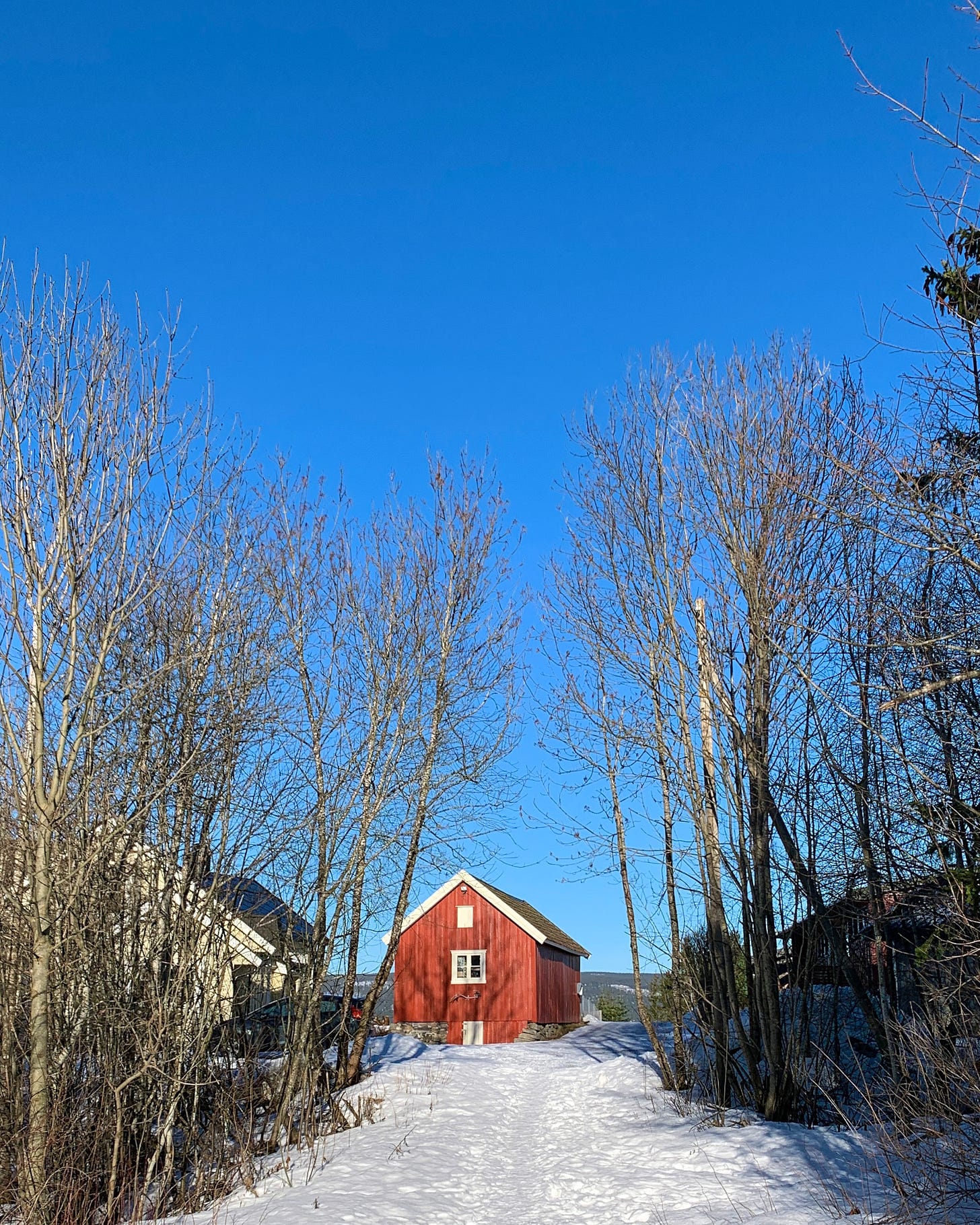

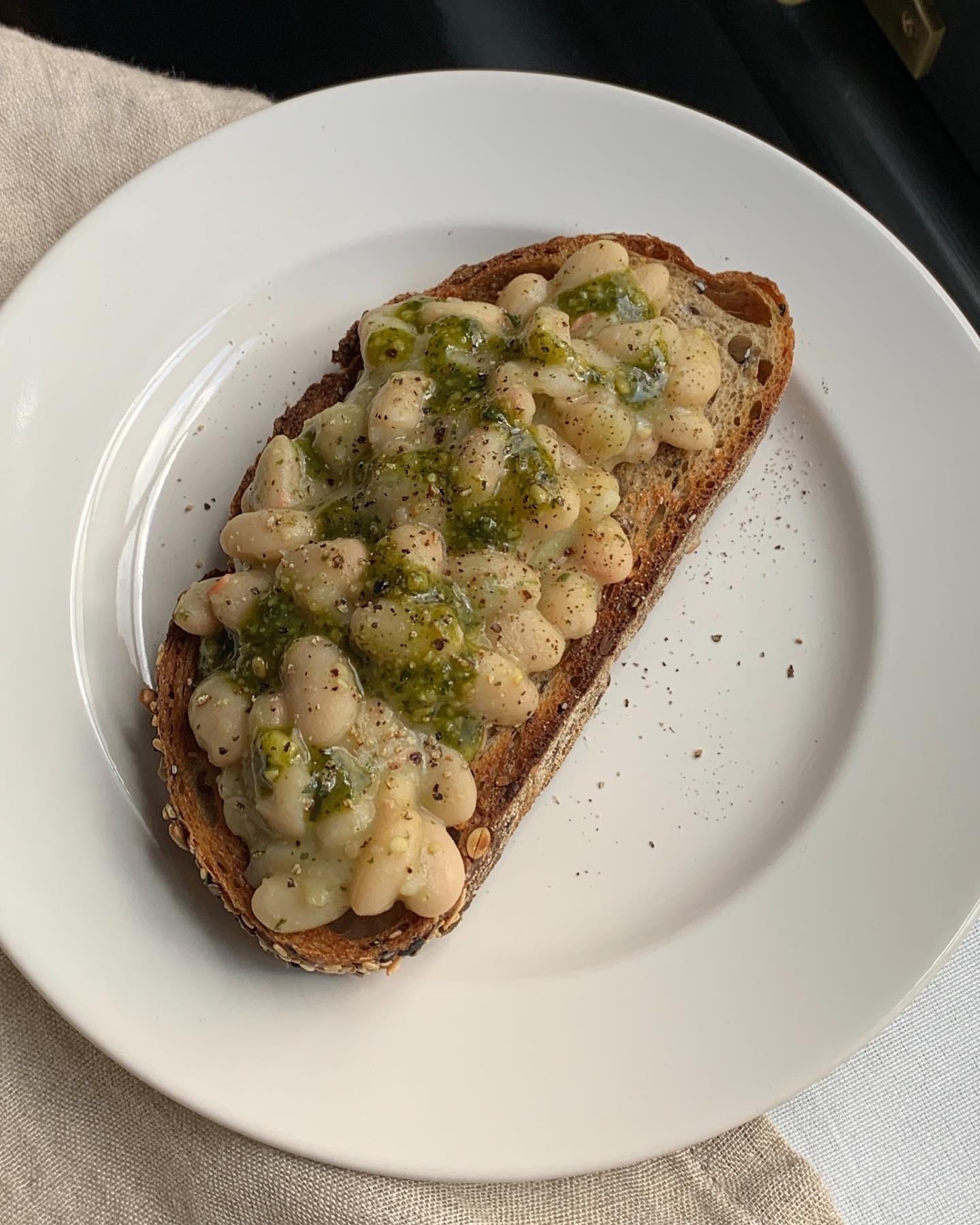
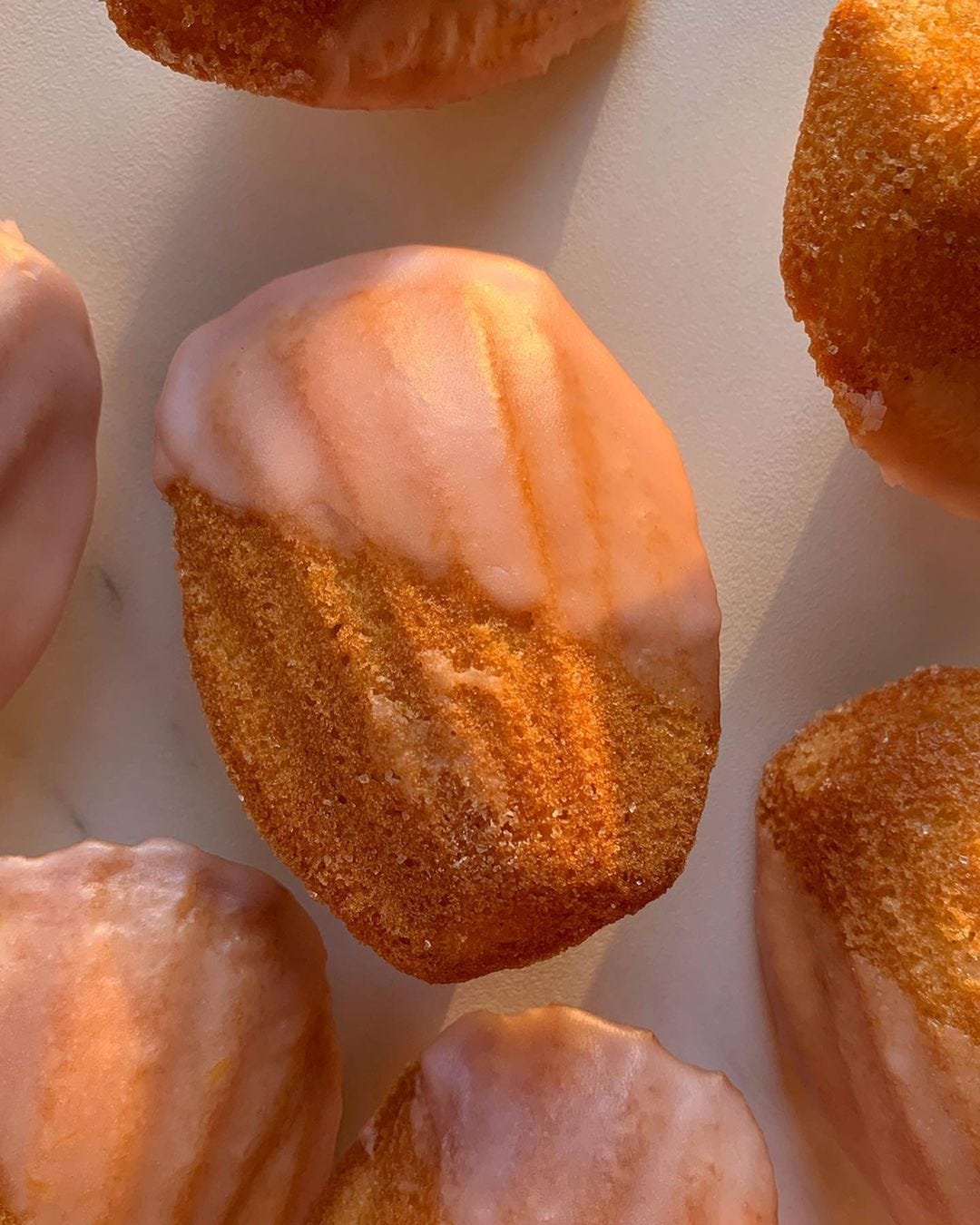
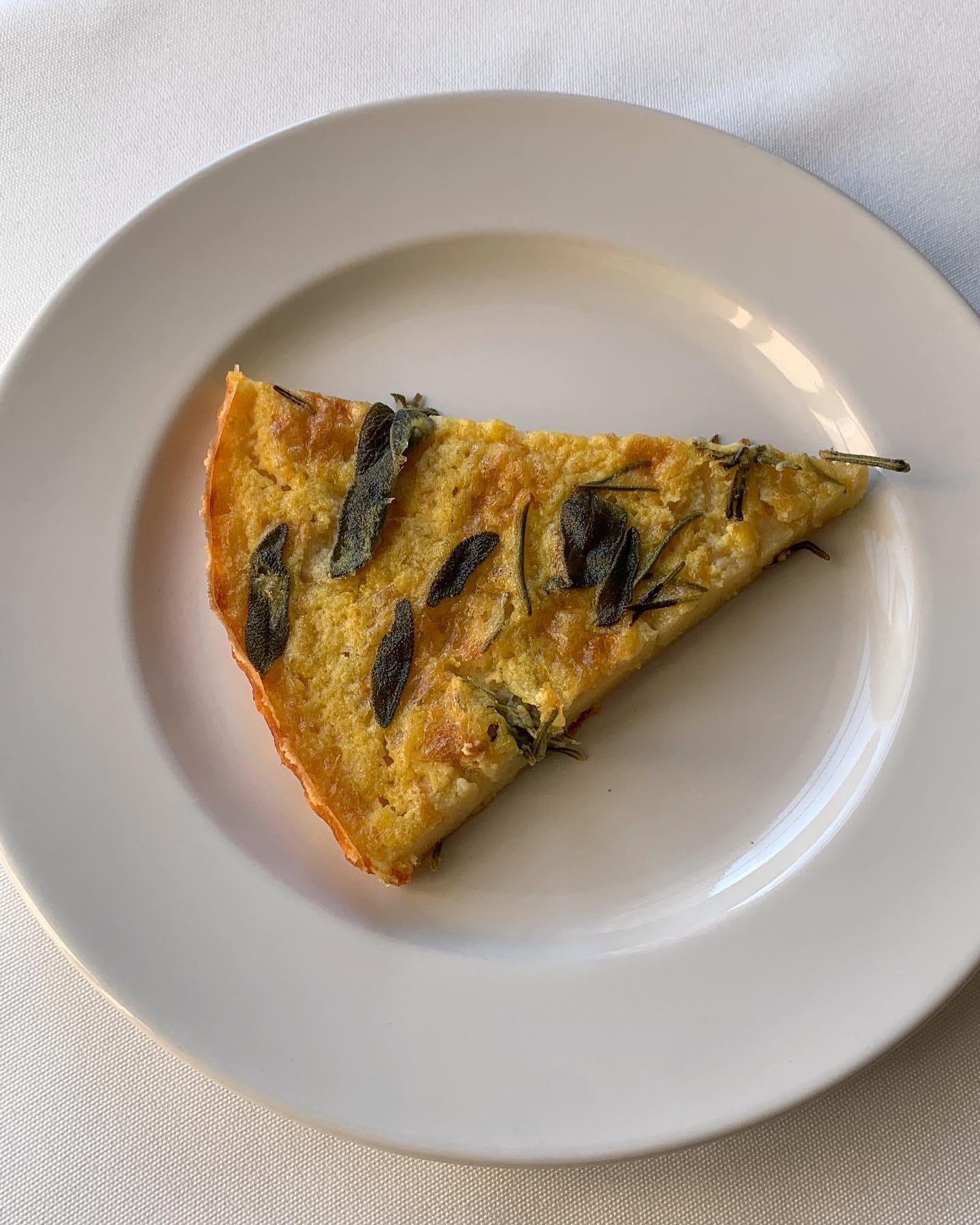
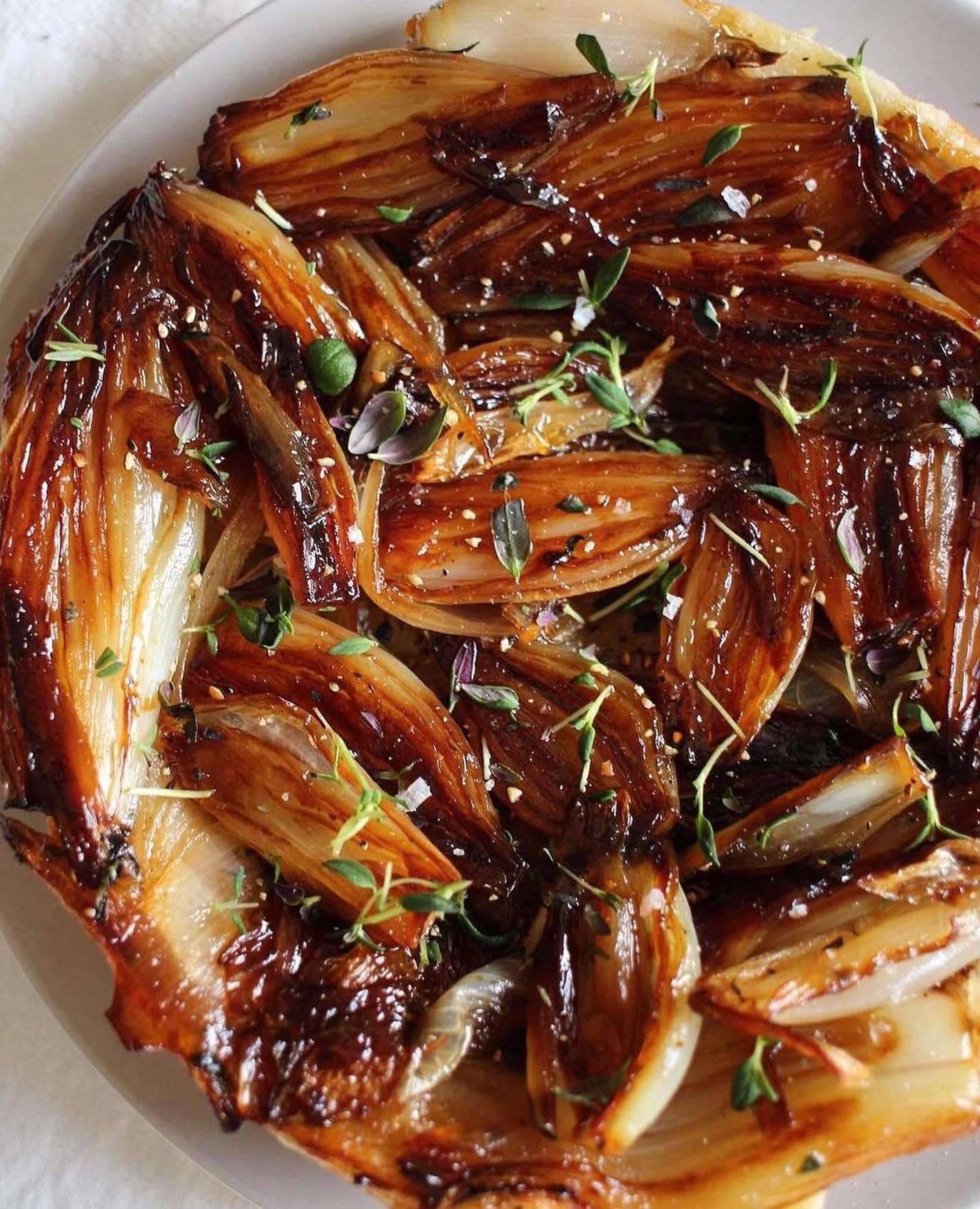
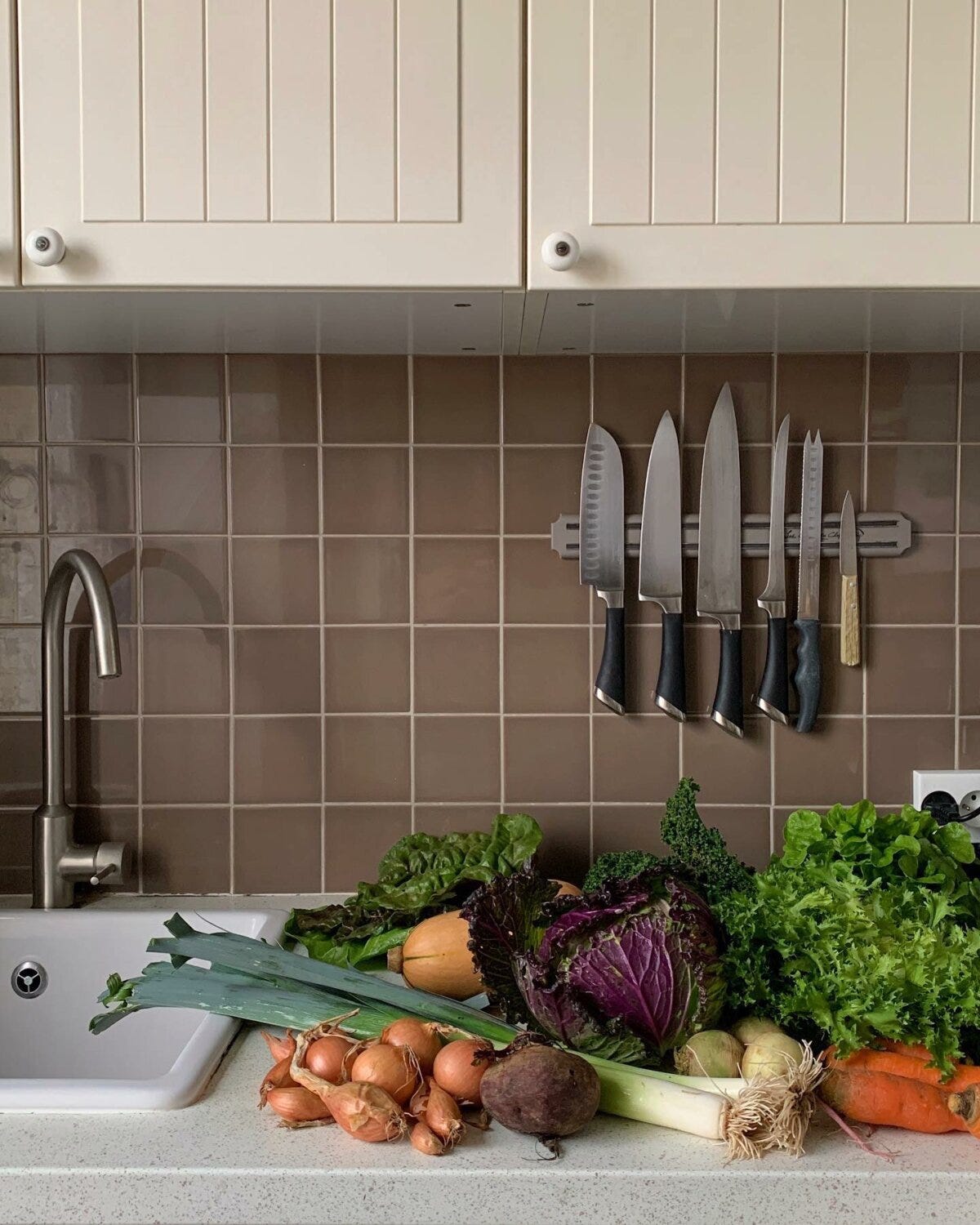

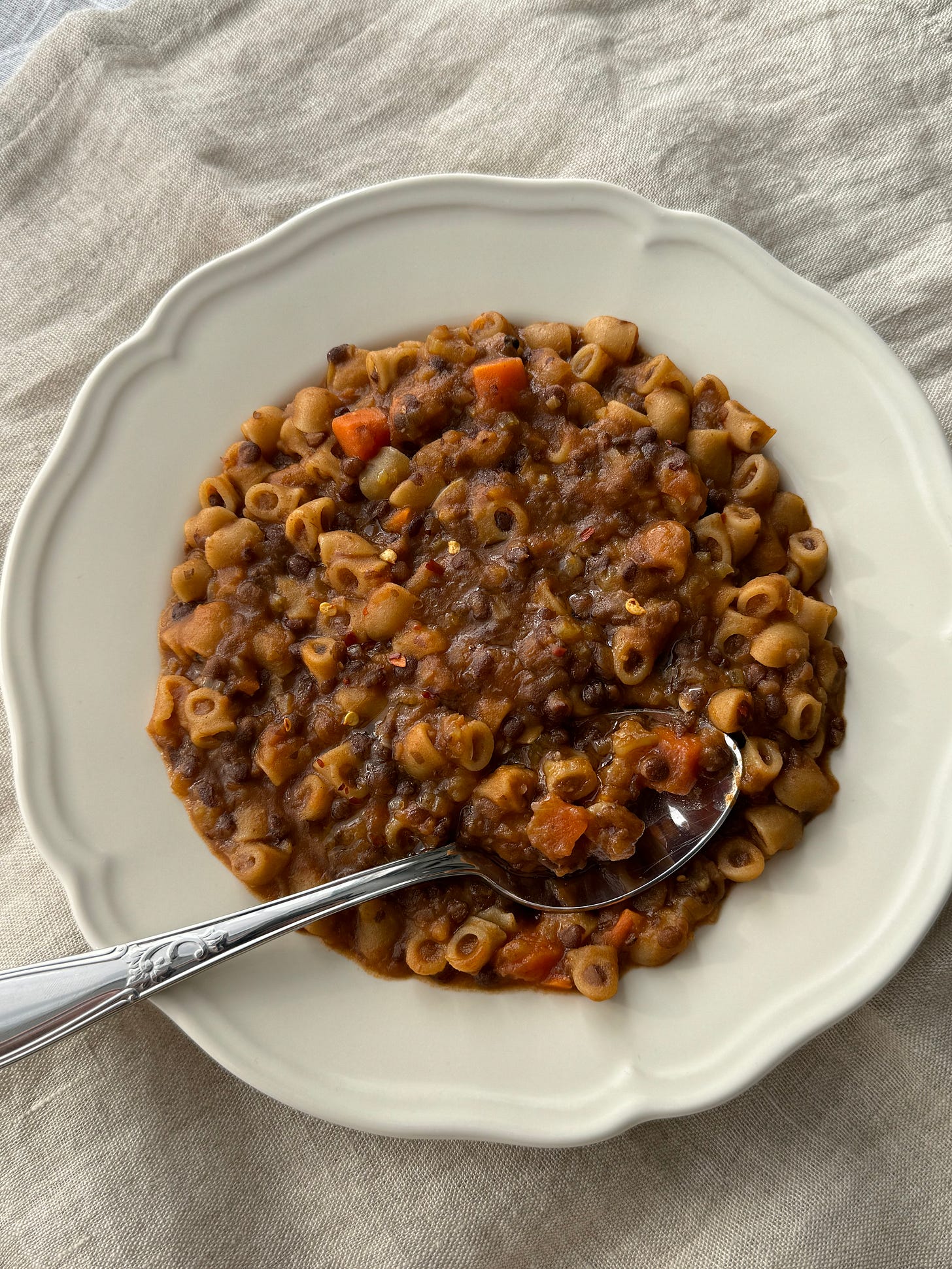



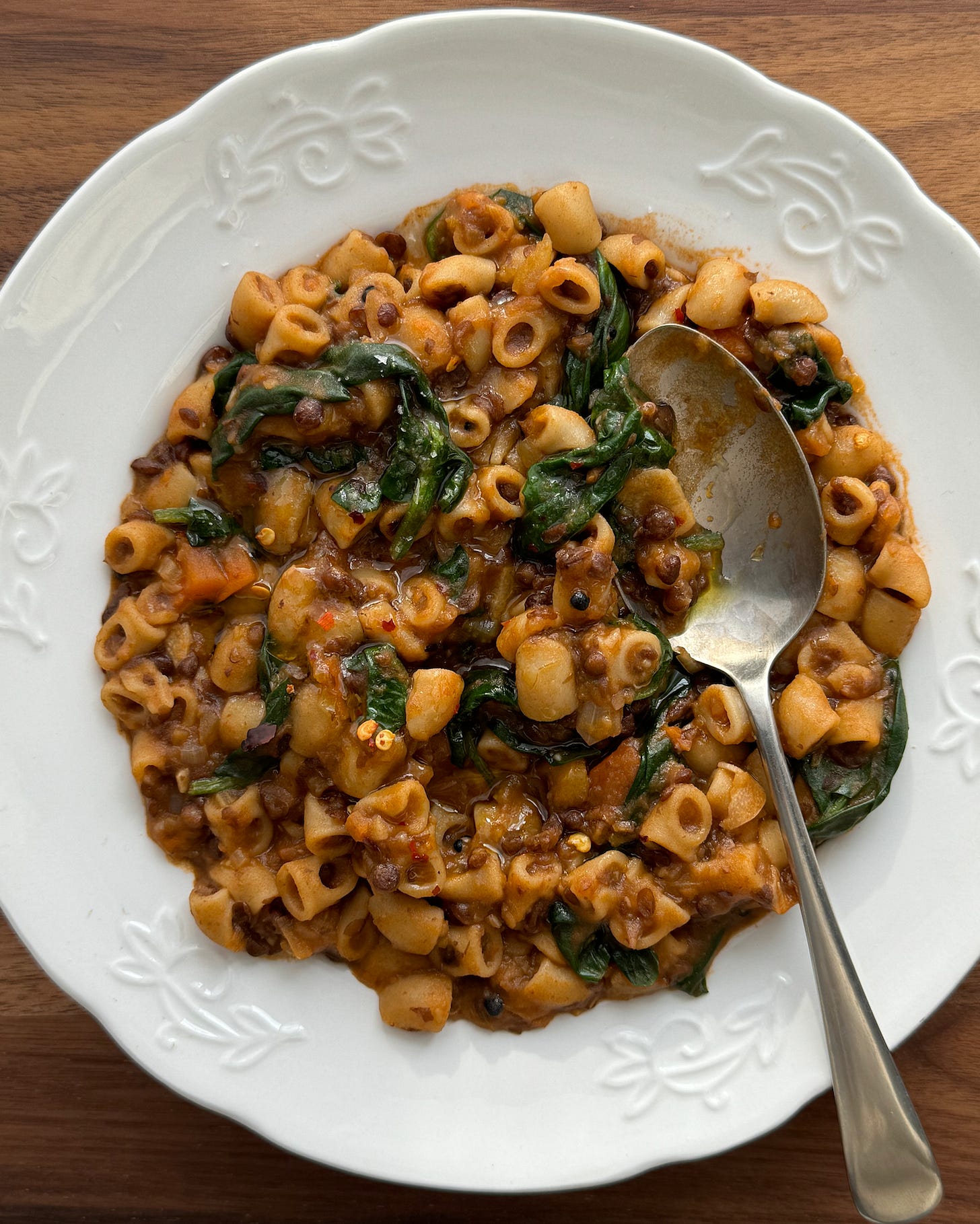



Wonderful recipes!